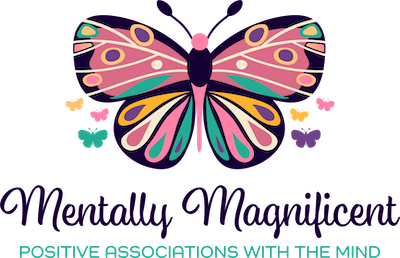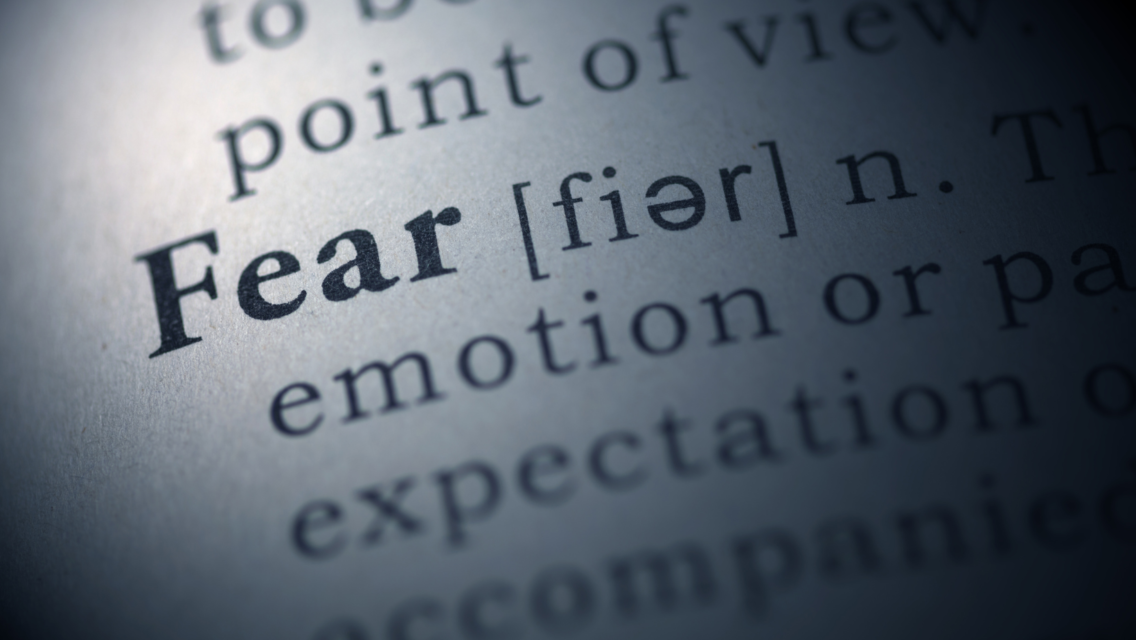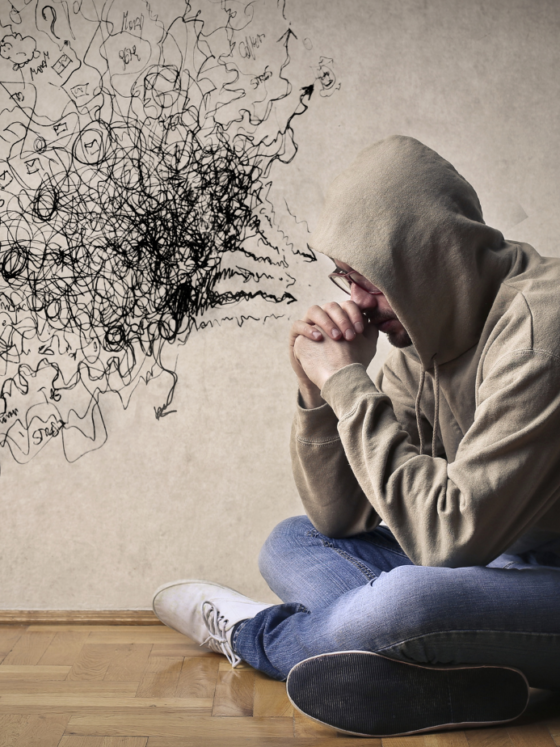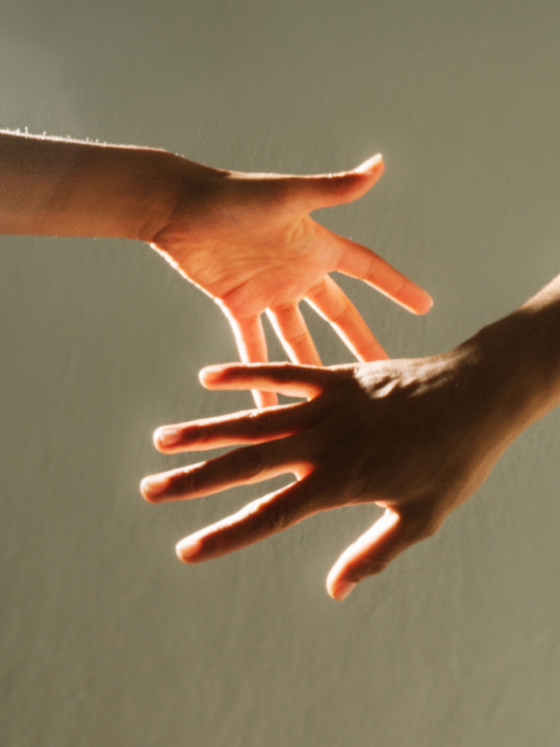Fear and trauma are deeply intertwined. Trauma, especially when experienced early in life, sets the foundation for how we perceive the world and how we interact with it. For many, trauma isn’t just a singular event; it’s an emotional wound that shapes how we move through life, affecting our ability to experience love, joy, and connection. The relationship between trauma and fear is complex, but understanding this connection is essential for healing and reclaiming your life.
The Foundation of Fear: How Trauma Shapes Our Perception
When we experience trauma, especially in childhood, it leaves a lasting imprint on our minds and bodies. Our brains are wired to protect us from danger, and when traumatic events occur—such as emotional neglect, physical abuse, or witnessing violence—the brain registers these experiences as threats to survival. This “fight-or-flight” response, which is helpful in dangerous situations, can become overactive in the aftermath of trauma.
Trauma teaches us that the world is unsafe, that we need to constantly be on alert to avoid further pain. This hypervigilance becomes a survival mechanism, and over time, it manifests as fear. Fear of rejection, fear of failure, fear of abandonment—these are all rooted in the deep-seated belief that we need to protect ourselves from re-experiencing past hurts.
Fear and Protection: Living Life on Guard
When trauma sets the foundation for fear, life becomes more about protection than about living. This fear-based outlook leads us to live defensively, always trying to avoid the possibility of getting hurt again. As a result, many people who have experienced trauma find themselves stuck in a cycle of fear, avoiding new experiences, relationships, or even opportunities for growth because of the underlying belief that something bad could happen.
Instead of seeking love, connection, or happiness, life becomes about preventing further pain. We build emotional walls, avoiding vulnerability because we fear that opening up will lead to more hurt. The problem is, when we live in this protective state, we close ourselves off from the love and joy that life can offer. We become disconnected, not only from others but from ourselves.
The Cycle of Fear: Trauma and the Repetition of Pain
Research supports the idea that trauma often leads to repeated cycles of pain. Studies show that individuals with unresolved trauma are more likely to experience ongoing fear and anxiety, which can result in patterns of avoidance. In an attempt to avoid reliving past trauma, individuals may avoid situations, relationships, or even opportunities that could bring joy. This creates a self-fulfilling prophecy where fear of pain leads to isolation, and isolation leads to more pain.
One study published in The American Journal of Psychiatry highlighted how trauma survivors are more likely to suffer from anxiety disorders, post-traumatic stress disorder (PTSD), and depression. These conditions are closely linked with chronic fear and hypervigilance, reinforcing the idea that the world is not safe.
The cycle of fear doesn’t stop at emotional isolation. Trauma survivors often fear change, even if it’s positive. Change brings uncertainty, and uncertainty can trigger the fear of the unknown. Even the possibility of new opportunities or relationships can be seen as a threat rather than a chance for growth. This fear of change keeps individuals stuck in patterns of avoiding risk, which can block them from experiencing new love, happiness, or success.
Fear Blocks Love and Connection
Fear rooted in trauma can prevent us from forming meaningful relationships. People who have experienced trauma often struggle with trust and vulnerability. They may fear abandonment or rejection and, as a result, may sabotage relationships before they have the chance to grow. This can lead to a cycle where love and connection feel out of reach, even when we crave them the most.
Trauma also teaches us to avoid emotional risk. We fear the pain that might come from letting others in, so we put up walls. But these walls, while they may protect us from potential hurt, also prevent us from experiencing the fullness of life. They block the love, joy, and connection that could come our way if we allowed ourselves to be vulnerable.
This is especially true in intimate relationships, where unresolved trauma can create emotional distance. In an effort to protect ourselves from being hurt, we might push others away or avoid closeness. But this fear-based behavior prevents us from experiencing the deep emotional bonds that make relationships fulfilling.
Breaking Free from the Fear-Trauma Cycle
Breaking free from this cycle of fear and trauma is possible, but it requires self-awareness and a commitment to healing. Here are a few steps that can help:
- Acknowledge the Impact of Trauma: Recognizing how your past experiences are shaping your present fears is the first step toward healing. Awareness is key to breaking the cycle of trauma-based fear.
- Seek Professional Support: Therapy, particularly trauma-focused therapies like EMDR (Eye Movement Desensitization and Reprocessing) or Cognitive Behavioral Therapy (CBT), can help you process and release the trauma that’s holding you back. These evidence-based approaches have been shown to help individuals reduce fear and anxiety related to trauma.
- Challenge Fear-Based Thinking: Fear often distorts reality. Practice identifying when fear is driving your thoughts and ask yourself whether your fears are based on the present situation or a past experience.
- Practice Vulnerability: Allow yourself to take small emotional risks. Start with safe relationships and build your capacity for trust and vulnerability over time.
- Reclaim Your Power: Trauma can make you feel powerless, but as you heal, you can begin to reclaim your sense of control over your life. Fear doesn’t have to dictate your actions or limit your ability to find love, joy, and connection.
From Fear to Freedom
Fear, when rooted in trauma, can limit our ability to experience life fully. It can cloud our present, causing us to live in a constant state of protection rather than seeking the love and joy that are available to us. Trauma sets the stage for fear, but it doesn’t have to be the end of your story.
By acknowledging the connection between fear and trauma and taking steps to heal, you can break free from the patterns that have been holding you back. You can move from a life of fear-based protection to one of openness, trust, and love. The path to healing isn’t easy, but it’s worth it. In healing your trauma, you’re opening yourself up to the possibility of new blessings—blessings that have been waiting for you all along.









